Research Frontier: Wuhan University/Wuhan University of Technology Memristors – Graphene/PtTe2 | Nature Electronics
Memristors based on neuromorphic computing contribute to meeting the growing demand for data-intensive computing applications, such as artificial intelligence. In efficient neuromorphic computing, memristors with multiple conductance states are particularly useful; however, their weight mapping capability is often limited by a small on/off ratio.
Today, Yesheng Li, Jun He, and others from Wuhan University, along with Yao Xiong and others from Wuhan University of Technology, published a paper in Nature Electronics reporting the creation of memristors with analog resistance switching and a large on/off ratio, using two-dimensional van der Waals metallic materials (graphene or platinum ditelluride, PtTe2) as the cathode.
These memristors utilize silver as the top electrode and employ indium phosphide sulfide (IPS) as the switching medium. Previous methods focused on using resistance-switching layers or changes in the anode to regulate ionic movement, which could reduce the on/off ratio. In contrast, this approach relies on van der Waals cathodes, allowing silver ions to intercalate/deintercalate, generating a high diffusion barrier to regulate ionic movement.
This strategy can achieve an on/off ratio of up to 10^8, 8-bit conductance states, and sub-femtojoule power consumption for analog resistance switching. By utilizing these analog characteristics, chip-level emulation of convolutional neural networks (CNNs) can be performed to provide high recognition accuracy.
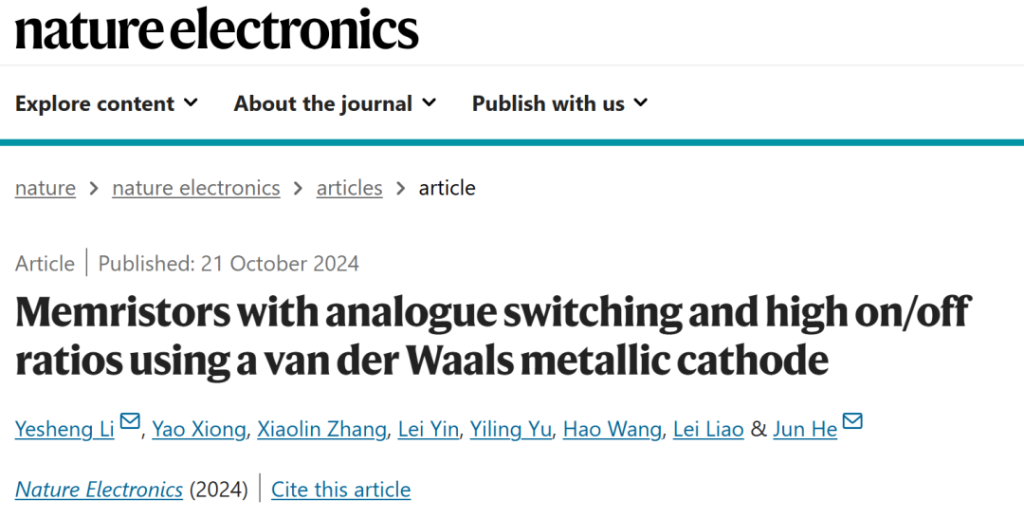
Memristors with Analog Switching and High On/Off Ratios Using a Van der Waals Metallic Cathode. Utilizing van der Waals metallic cathodes, these memristors have analog switching capabilities and high on/off ratios.
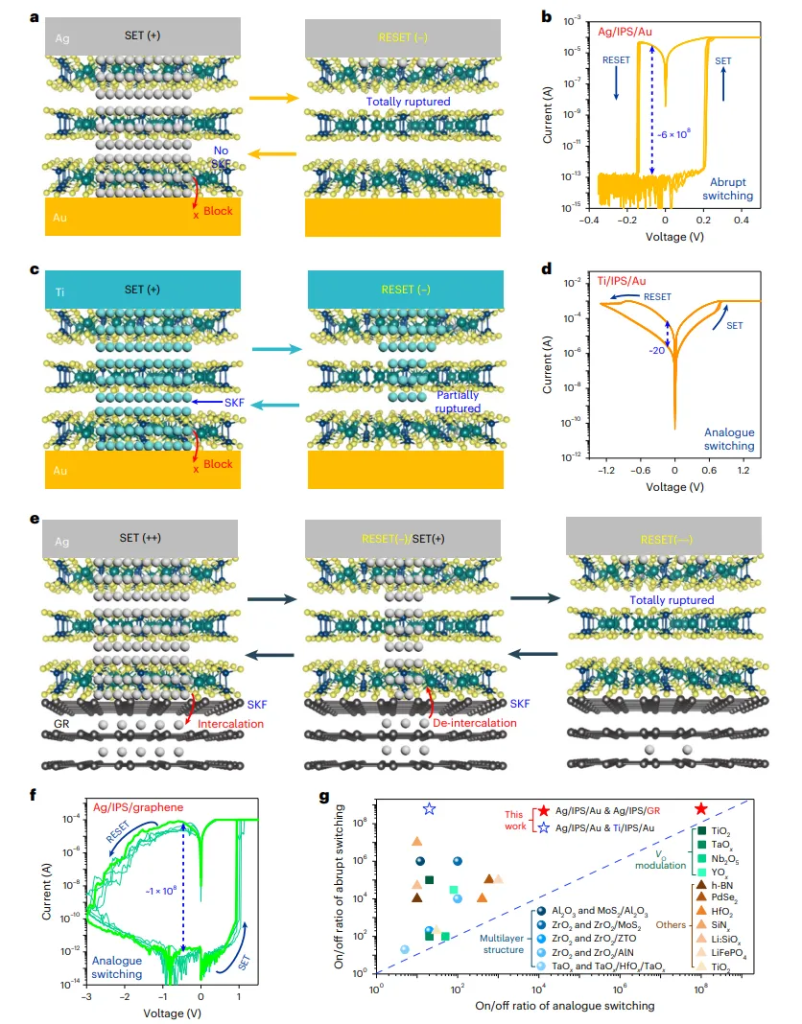
Figure 1: Using van der Waals (vdW) metallic graphene (GR) as the cathode, showcasing a large on/off ratio for analog switching.
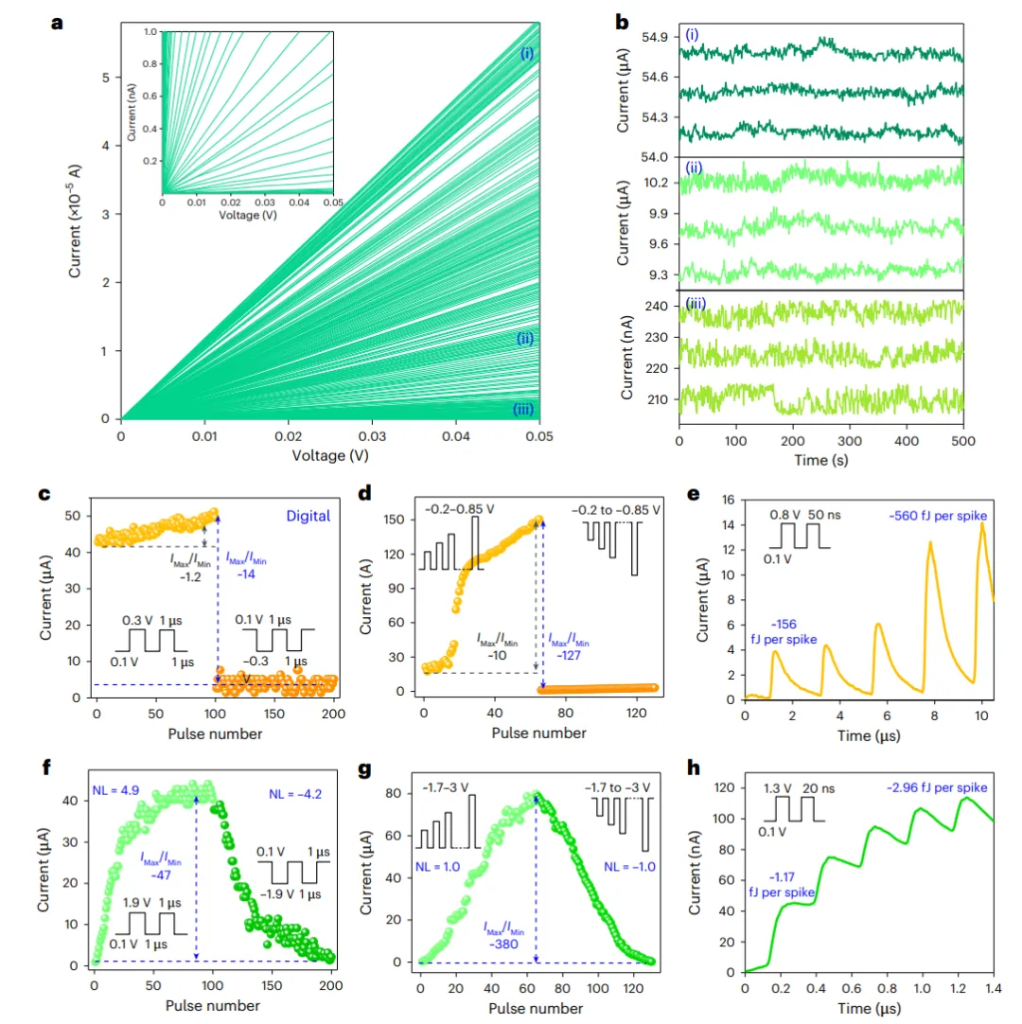
Figure 2: Multilevel switching in silver (Ag)/indium phosphide sulfide (IPS)/graphene (GR) memristors.
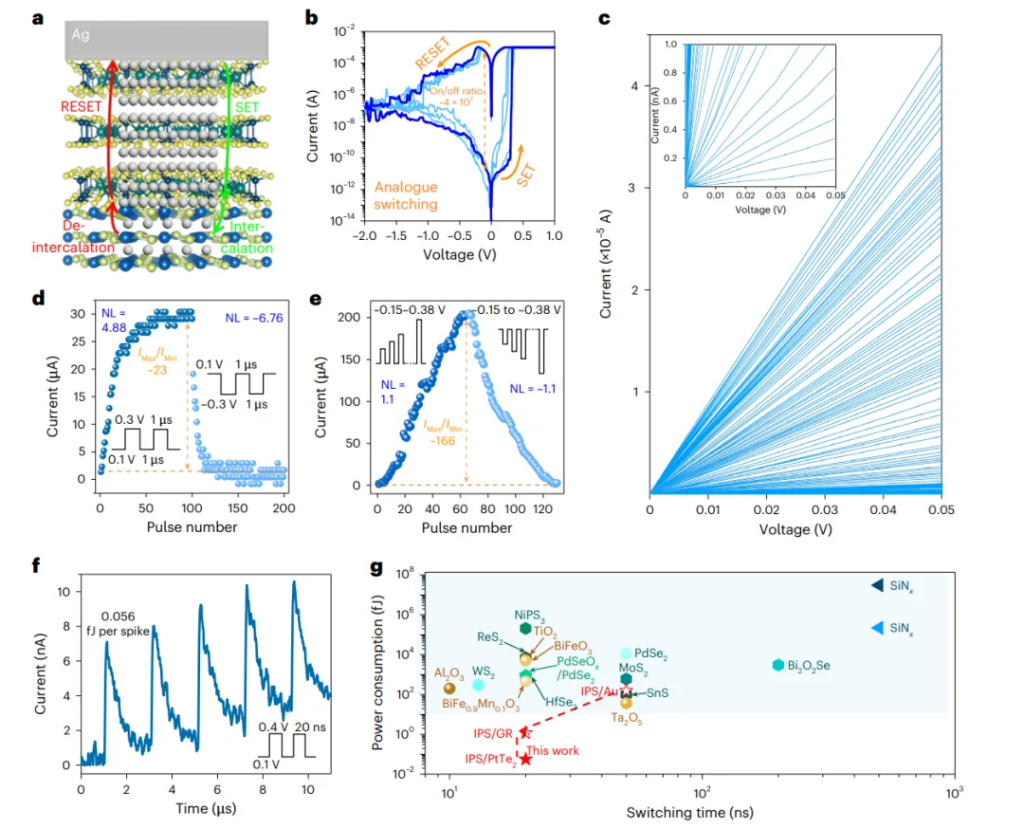
Figure 3: Analog switching performance of memristors using multilayer van der Waals (vdW) PtTe2 as the cathode and indium phosphide sulfide (IPS).
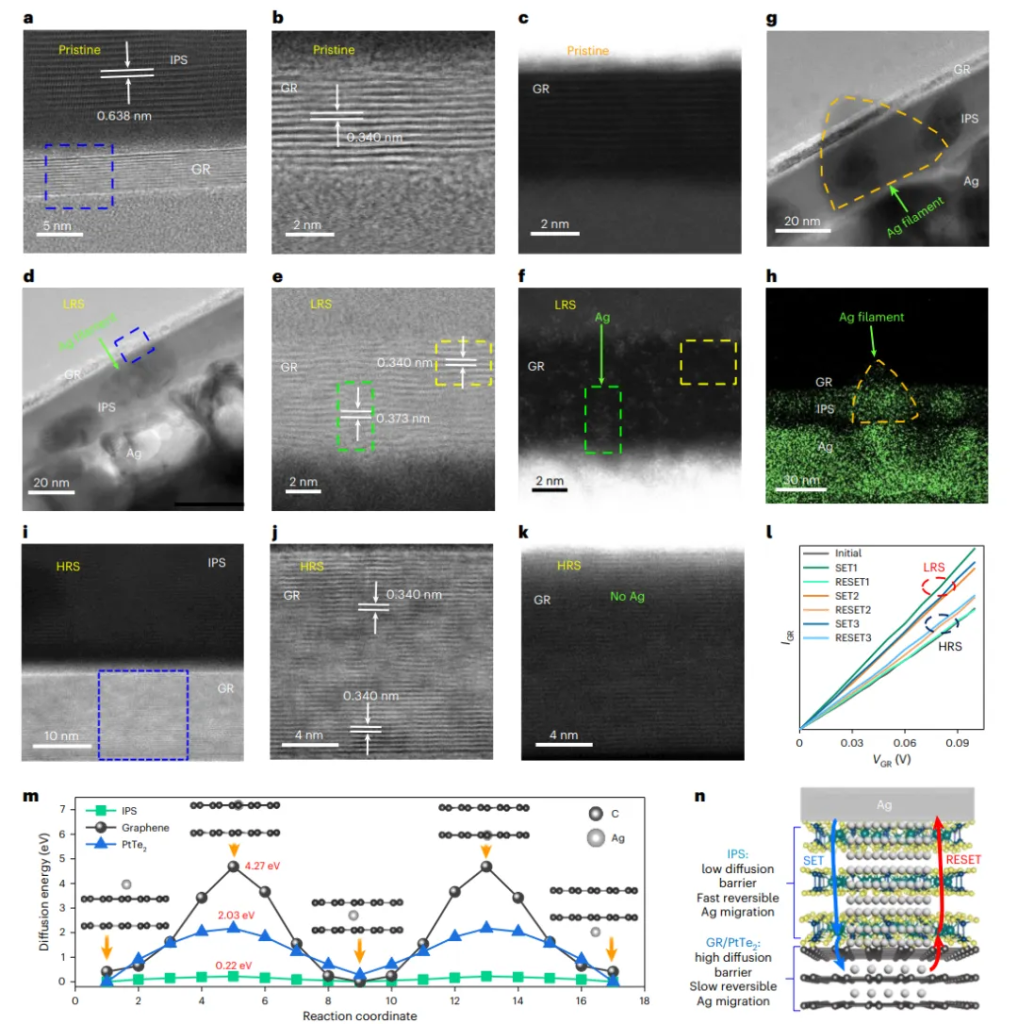
Figure 4: Mechanism of analog switching.
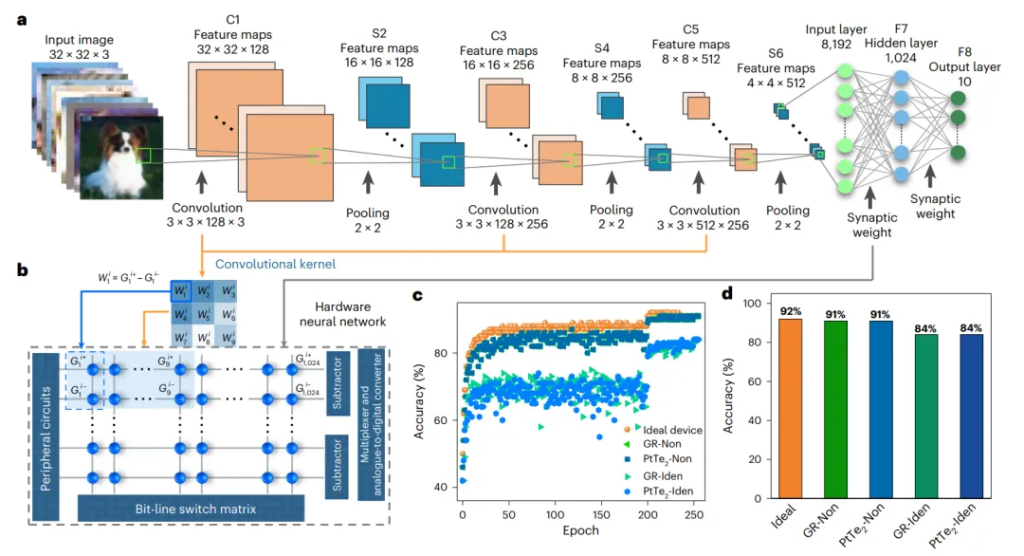
Figure 5: Chip-level implementation of convolutional neural networks (CNNs).
Reference Link: Li, Y., Xiong, Y., Zhang, X. et al. Memristors with analogue switching and high on/off ratios using a van der Waals metallic cathode. Nat Electron (2024).
https://doi.org/10.1038/s41928-024-01269-y
https://www.nature.com/articles/s41928-024-01269-y
This article is translated from Nature.

